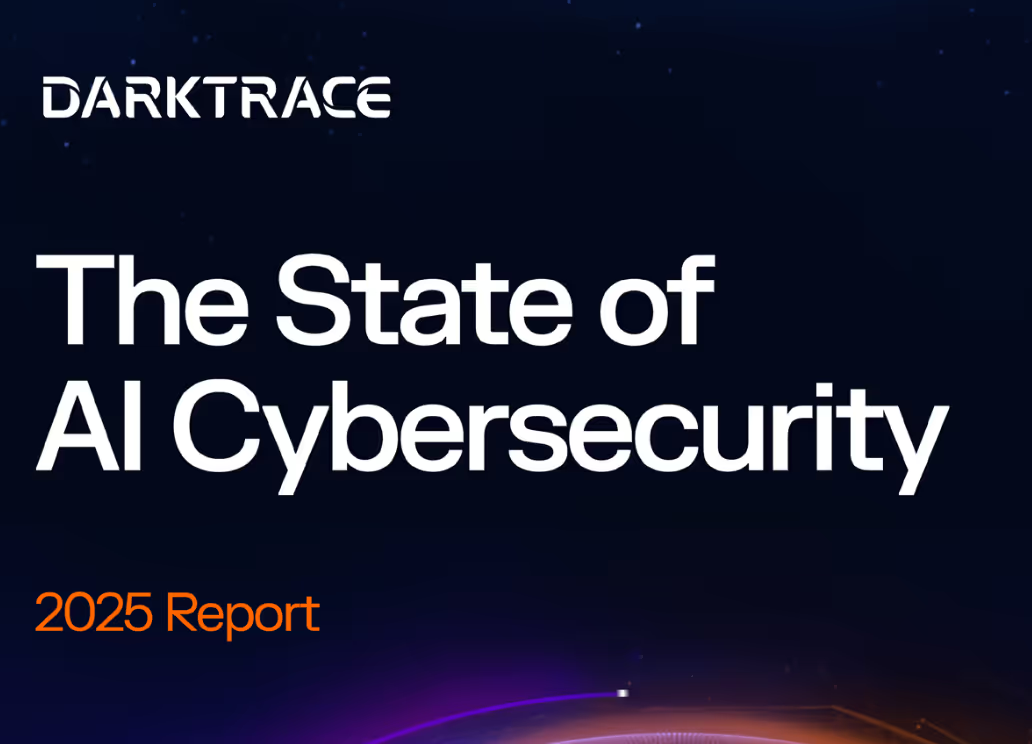What is Data Security?
What is data security, and why is it important in today's digital landscape?
Data security refers to the practice of protecting digital data from unauthorized access, alteration, or destruction. In today’s digital landscape, data has become a crucial asset for organizations, and vast amounts of it are being stored and transmitted.
Regulations such as the European Union’s General Data Protection Regulation (GDPR) have been put in place to ensure organizations remain compliant in safeguarding data. Data breaches or failure to comply with regulatory requirements can result in significant financial losses, reputational damage, and legal consequences.
What is the relationship between data security and data privacy?
Data security and data privacy are closely related but distinct concepts.
Data privacy is concerned with ensuring that personal or sensitive information is handled in accordance with privacy laws and regulations, protecting individuals’ rights and preferences regarding the collecting, use, and sharing of their data.
Data security focuses on safeguarding an organization’s overall data, including personal data, from unauthorized access and breaches.
Data security is a key component of data privacy, as a breach in data security can lead to violations of data privacy.
How does data security differ from data protection and what are their respective goals?
Data security
primarily aims to protect data from unauthorized access and modifications. Its goal is to ensure the confidentiality, integrity, and availability of data.
Data protection
A broader concept that encompasses data security but also includes measures to ensure compliance with privacy regulations, ethical handling of data, and appropriate data lifecycle management, including lawful data collection and processing.
What security threats does data security aim to safeguard?
Data security aims to safeguard against various types of security threats including:
Malware: Malware such as ransomware or information-stealers may exfiltrate data out of a network or encrypt data making it unavailable.
Phishing: Deceptive emails or messages can trick users into revealing sensitive data.
Insider Threats: Intentional or unintentional actions by individuals within an organization can lead to a data breach.
Distributed Denial of Service (DDoS) attacks: Overwhelms a system’s resources and disrupts services.
SQL Injections: Malicious SQL statements can be used for unauthorized access to a backend database.
How does data security management protect sensitive information?
Data security management involves establishing policies, procedures, and technologies to protect sensitive information throughout its lifecycle. It includes:
Access Controls: Limiting who can access data and what they can do with it.
Encryption: Protecting data by encoding it, making it unreadable without the correct key.
Authentication: Verifying the identity of users or systems accessing the data.
Monitoring and Auditing: Tracking and analyzing data access and activities for anomalies.
Incident Response: Preparing for and responding to data security incidents.
What data protection software and solutions enhance data security?
What data protection software and solutions enhance data security?
There are various data protection software and solutions, including:
Data Encryption Tools: Software for encrypting data at rest and in transit.
Firewalls and Intrusion Detection/Prevention Systems (IDS/IPS): Protecting networks from unauthorized access.
Data Loss Prevention (DLP) Software: Monitoring and preventing data leakage.
Identity and Access Management (IAM) Solutions: Managing user access to data and resources.
What are the compliance requirements associated with data security, and why is compliance crucial?
Compliance requirements for data security include regulations like GDPR (General Data Protection Regulation), HIPAA (Health Insurance Portability and Accountability Act), CCPA (California Consumer Privacy Act), and industry-specific standards.
Compliance is crucial because it helps organizations avoid legal penalties, reputational damage, and loss of trust. It also ensures that data is handled responsibly, protecting individuals’ rights and privacy.
Advantages and challenges of data security in the cloud
Cloud data protection involves securing data stored in cloud services. This is typically done through the following:
- Encryption
- Authentication
- Access Controls
- Secure Deletion
- Back Ups
Advantages of cloud data protection:
- Easy backups and recovery
- Data encryption
- Scalability
- Cost-effectiveness
Challenges of cloud data protection:
- Lack of data visibility
- Less control over data hosted on third-party infrastructure
- Confusion over shared responsibility between cloud providers and companies
- Growing cybersecurity threats that target cloud infrastructure
What is the role of big data security in protecting vast volumes of data?
Big data security involves protecting and securing large volumes of data generated and analyzed in big data environments. It focuses on securing data pipelines, data leaks, and analytics platforms. It addresses challenges like data integrity, access controls, and the secure sharing of data insights.
How can network data security solutions help organizations secure their data, and what types of security measures are employed to access and protect sensitive information?
Network data security solutions safeguard data in transit over networks. Common security measures include:
Firewalls: Filtering network traffic to block unauthorized access.
Intrusion Detection System (IDS) and Intrusion Prevention System (IPS): Monitoring for and blocking suspicious network activity.
Virtual Private Networks (VPNs): Encrypting data transmitted over public networks.
Network Segmentation: Dividing networks to limit lateral movement in case of a breach.
Secure Sockets Layer (SSL) and Transport Layer Security (TLS): Encrypting data during transmission, commonly used in web browsing.
These measures help ensure that data remains confidential and unaltered during transit.
























